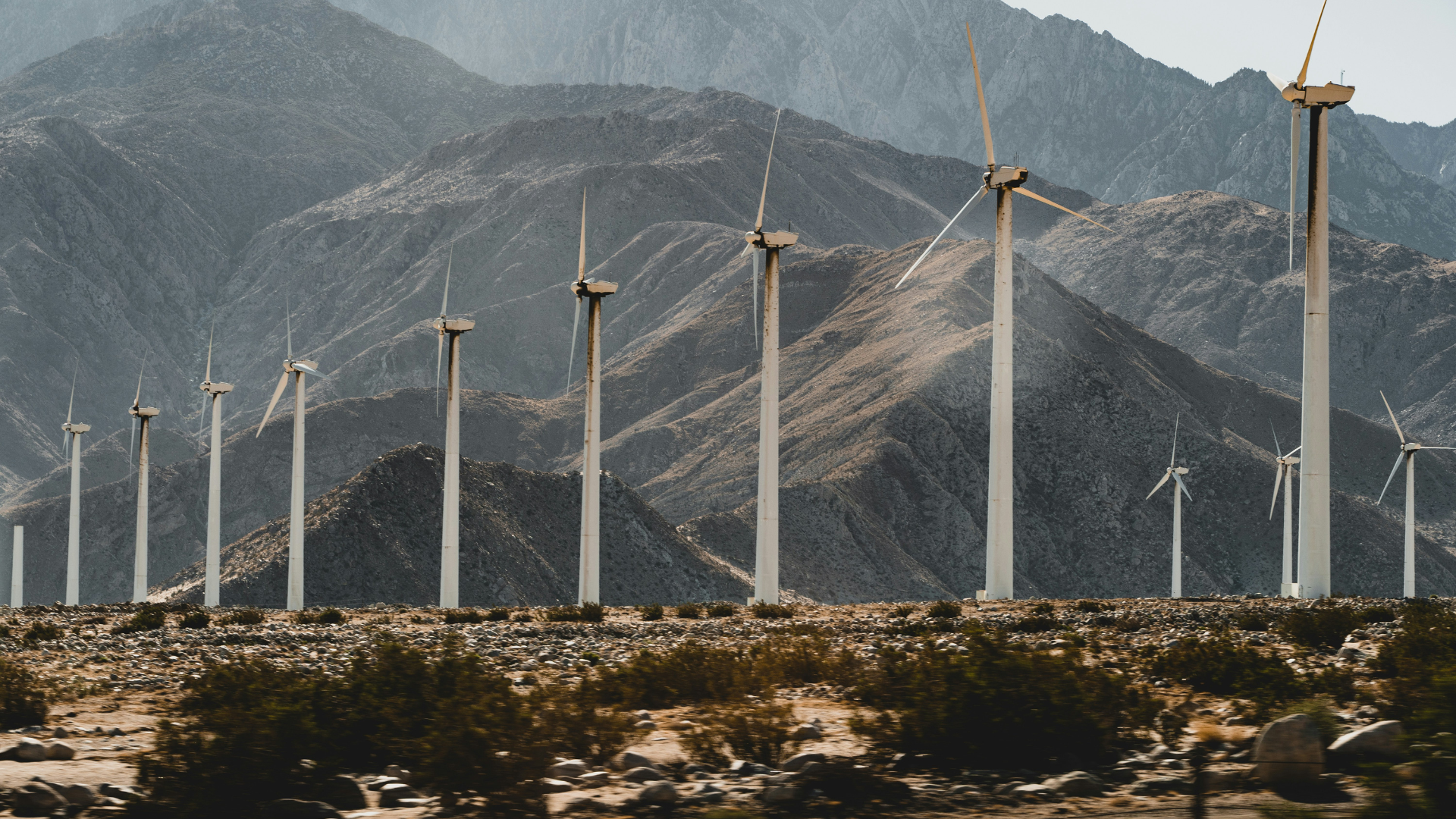Progress and Global Impact: From Commitments to Capital Flow
In the years since the energy track's formal inception, G20 nations have made considerable strides in clean energy development and policy alignment. As of 2023, G20 countries collectively invested over $430 billion in renewable energy, compared to $180 billion in 2015, according to BloombergNEF. This surge reflects not only falling technology costs but also the confidence created by coordinated policy signaling.
Recent high-impact initiatives under G20 presidencies include:
- India’s “One Sun, One World, One Grid”: A global solar interconnection platform launched in partnership with IRENA and the ISA during its 2023 presidency.
- Japan and the EU’s emphasis on hydrogen and offshore wind, alongside efforts to enhance regional electricity interconnections.
- The U.S. Inflation Reduction Act (IRA) and Canada’s Clean Electricity Regulations, which align with G20 themes by incentivizing clean technology deployment and cross-border collaboration.
Fossil fuel subsidy reform remains a complex issue. While countries like Indonesia and India have made progress in rationalizing subsidies, others have increased fossil fuel support during recent energy crises. According to the IEA, fossil fuel subsidies globally exceeded $1 trillion in 2022, highlighting the challenge of aligning short-term affordability with long-term sustainability.
Future Trends: G20’s Expanding Influence in Clean Energy Governance
Looking ahead, the G20’s energy agenda is expected to become even more pivotal in global energy governance. Key emerging trends include:
- Quantified Commitments and Deadlines: With growing climate scrutiny, there is pressure to move from broad statements to measurable targets, particularly after 2025, when several global stocktakes and carbon budgets converge.
- Energy Security-Climate Nexus: The ongoing implications of the Russia–Ukraine conflict have underscored the interdependence of energy security and climate resilience. Future declarations are likely to deepen focus on fuel diversification and domestic renewables.
- Clean Tech Supply Chains: G20 leaders are increasingly addressing supply chain resilience for critical minerals and clean energy components, aiming to reduce dependence on a limited number of suppliers.
- Digital Infrastructure and Cybersecurity: With the proliferation of smart grids, electric mobility, and IoT-based energy systems, digital governance—including cybersecurity—is emerging as a declaration theme.
- Global South and Climate Equity: Recent presidencies by India and Brazil have spotlighted South–South cooperation, promoting technology transfer, concessional finance, and capacity-building for developing nations.
As the G20’s influence grows, its energy declarations are evolving into informal frameworks that shape energy diplomacy, industrial strategy, and financial flows—especially in areas where formal global governance is lagging.
Conclusion: A Catalyst for Global Energy Transformation
The G20 Energy Declaration process, while voluntary, plays an increasingly important role in guiding the global clean energy transition. By offering a platform for coordinated policy action, knowledge exchange, and investment signaling, the G20 helps bridge gaps between national interests and global climate imperatives. In doing so, it fosters conditions for scalable, inclusive, and sustainable energy development.
As the world enters a critical decade for climate action, the G20’s ability to convert consensus into concrete progress will be key. The declarations will be judged not just by diplomatic language, but by the gigawatts of renewable energy installed, the emissions reductions achieved, and the communities empowered through equitable energy access. Positioned at the intersection of economics, energy, and climate, the G20 remains a vital forum for turning ambition into global transformation.







